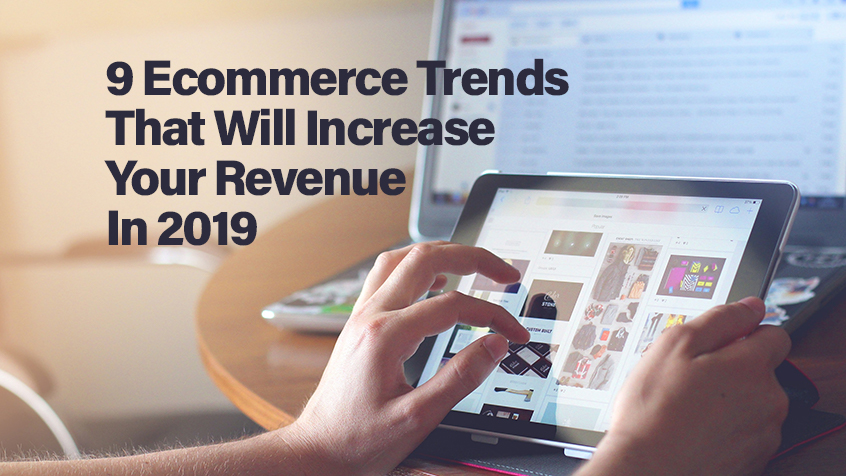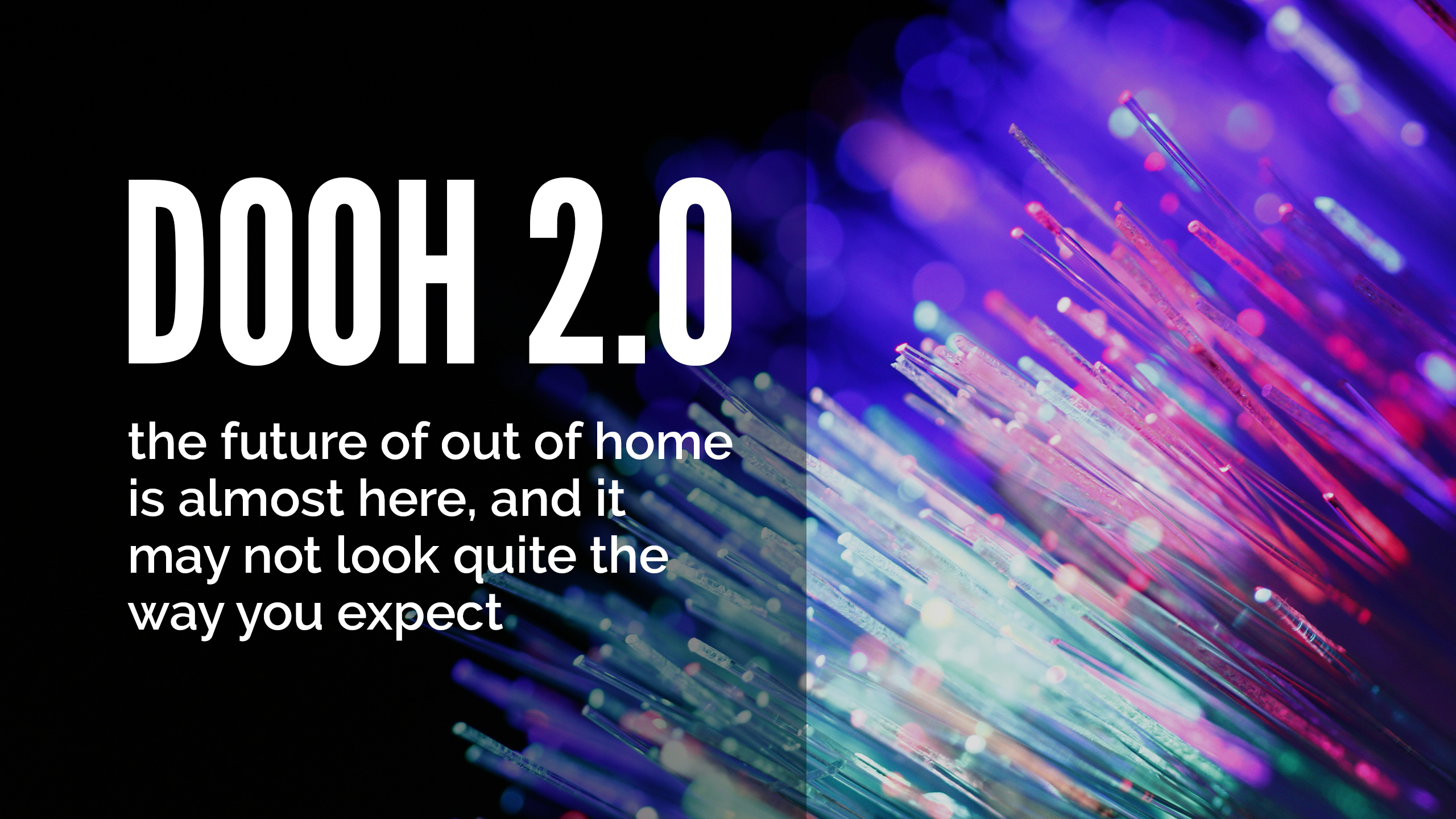The ecommerce industry has seen exceptional growth over the years. Global growth of ecommerce is expected to increase to $4.88 trillion by the year 2021. It is predicted that more and more businesses will be shifting towards online selling. This implies an increase in potential customers and sales, as well as an increase in competition for the businesses and sellers.
Retail Ecommerce Sales Worldwide from 2014 to 2021

To thrive in the highly competitive and saturated ecommerce market, businesses will need to adopt new technology trends. To help you out, below in this article we have listed the top nine trends in ecommerce you should know in 2019 to increase revenues.
1. Selling on multiple channels
The online shopping process is not only limited to customers opening up your website and looking for products. People spend a lot of their time on social media, and it is becoming more likely for them to make purchases through social media than to visit a particular website to buy . This is where marketers have an option to wisely use different channels for their business.
For example, Instagram, Facebook, and Pinterest now have special features assisting business with upgrading their shops to allow for direct selling, keeping track of conversations with customers, and boosting posts as advertisements to reach customers with specific interests. Businesses are now introducing social media marketing as a regular and important part of their sales strategy.
After you have set up your pages on these social platforms, do not forget them to add them to your website. For example, this online leather jacket store has added its social media buttons on its topmost corner, and this makes it easier for visitors to share content.
2. Introducing a chatbot on your ecommerce site
Chatbots are an automated version of a live chat. A chatbot software answers the most common queries of customers, ask questions about their likes and solve issues without involving any human customer staff intervention. Chatbots help to increase user engagement on a website. Customers get a better shopping experience through chatbots as they find it easy to choose and buy products. These virtual assistants also help ecommerce sites achieve automation and understand consumer preferences better.
To introduce a chatbot on your ecommerce site, you first need to invest in creating a chatbot and then personalize it. Ideally, a chatbot should recommend products to customers based on their interaction and offer product help guides. Many ecommerce website design companies offer chatbot solutions that can be incorporated.
3. Implementing voice search
Voice search is also becoming a very important feature of an ecommerce website. According to studies, more and more customers are using the voice search feature to find shops and products. Examples of a few companies that use voice search are Dominos, Walmart, and Lyft. To implement a voice search feature on your website, first, you have to optimize for local language and create content that will answer common customer questions like how, where, when, which, etc.
4. Introducing better payment methods
The whole concept of online shopping is based on providing customers ease and comfort of shopping from their homes. Needless to say, it can never be achieved unless there are inclusive and up-to-date payment methods available. Not having the right payment methods on your website will lead customers to abandon their shopping carts. Therefore, you must have the relevant local and international payment methods incorporated according to the scope of your business.
Currently, there are different online payment methods like PayPal and credit cards, and payment extensions like ATOS Worldline and Avalon payment. The latest trend is that of mobile payments. To enhance your revenues, try to add a variety of payment options that are appropriate for your target customer demographic.
5. Personalizing products for your customers
Personalization is very important for some customers, and several websites are already offering it for their products. It’s a kind of upselling which can truly thrill the customers about buying your products.
To offer personalization, collect your customer’s data through different data points, such as consumer tendencies, social behavior and search queries. For instance, you can use a personalized app or offer product recommendations through chatbots.

White House Black Market pop-up shop activated by EMC Outdoor.
6. Offering fast shipping and better logistics
Customers are now looking for shorter delivery times, so better logistics and shipping has become extremely important. Greater speed and efficiency of delivery are key to a better shopping experience. For example, Amazon has already started using drones to ensure same day delivery to its customers.
If your delivery time is more than 3 days, it is likely that you will have more product returns and lost customers. To ensure this, look for logistic partners that have shorter delivery times and are sensitive to customer’s delivery needs and timings.
7. Introducing video content
Video content is becoming increasingly important in influencing customer’s buying decisions. Having videos on your social media platforms and websites will help to keep the customers engaged for extended time duration. Ecommerce brands that use video marketing generally have increased conversions and less product return rates.
Videos help customers to get a better and exact idea of what they are going to receive in a product or what the product is like. To increase your revenues, customize your video content according to your audience so it will engage them. Also, introduce live videos and interact with customers in real-time.
8. Making it mobile responsive
One of the worst things that you can do to your online business is not optimize your website for mobile phones. Today, people are exposed to their mobile phones more than ever. They are very much likely to browse through a shopping website on it. If they are unable to navigate through your website on your phones, there is a high chance they will abandon their carts and not come back to shop again.
Obviously, you do not want to lose your potential customers like this. So, to increase your revenue and sales, make sure that your user gets a top-notch and equally satisfying experience of your website on their phones and make arrangements for payments through mobile wallets.

NerdWallet transit takeover out of home campaign activated by EMC Outdoor.
9. Integrating out of home advertising
Out of Home (OOH) is becoming more popular among Direct-to-Consumer (DTC) brands looking to penetrate into consumer markets in distinctive ways. OOH involves marketing to the customers when they are outside homes, including public places, commercial locations or in-transit. In the noisy and over-crowded digital world, OOH has become an effective tactic to raise brand awareness and target potential customers offline. It provides a physical and visible presence for online and digitally native companies who often don’t have a brick-and-mortar presence in the market.
OOH media can include billboard advertising, transit advertising, point of sale displays, and street furniture. Each media type can be optimized and combined to target specific audiences in relevant ways as they move throughout their day. Plus, when informed by location data captured from mobile devices, OOH delivers more personalized messaging during the entire purchasing journey.
Contact Us to learn more. and we’ll support your ecommerce brand with the latest marketing technologies and strategies!





